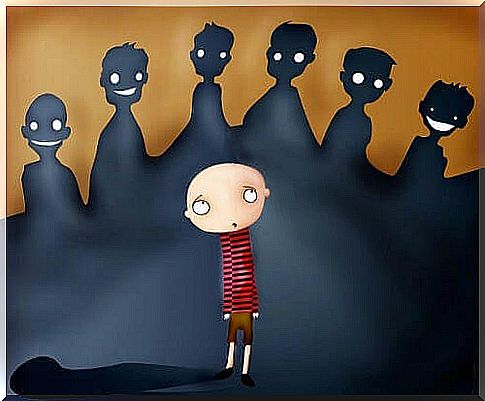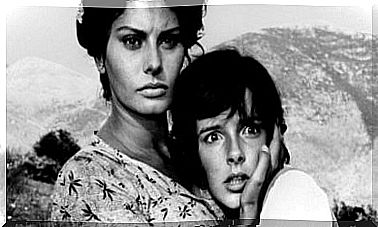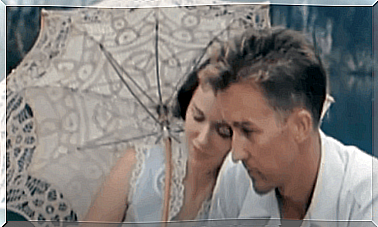How Do Minds Think When Faced With Endless Conflict?

Imagine experiencing endless conflict. Get up every morning and think there’s a good chance it’s your last? Unfortunately, there are people who don’t have to imagine it. They are those who live each day more and more immersed in a conflict that never seems to end.
We call endless conflicts conflicts or wars that last over time and for which the solution does not seem to arrive or even emerge. The solution to these conflicts is difficult to obtain and their duration over time produces great damage to those who experience them directly, whether from a neutral point of view or from the point of view of both parties.
People who find themselves forced to live in these situations for a very long time end up developing mental structures which allow them to reduce the consequences of the conflict on their lives. The negative part is that these structures make it very difficult to achieve peace.

“Man will not be wise until he has resolved all types of conflicts with the weapons of the spirit and not with the physical weapons”
-Werner Braun-
What is an intractable conflict?
The confrontations, to become intractable, must present certain characteristics. Here are some of them:
- Have a violent character. Violence can be physical, structural or symbolic.
- Present a long duration in time.
- The conflict must be central and total. The lives of those affected are also affected. It becomes a permanent worry and the satisfaction of needs takes place only when conflict allows.
- Security is a constant need in the lives of people who are in conflict.
- There is a perception of insolubility. The opposing parties do not recognize the requests of their opponents.
“To avoid conflict, your tongue should not be ahead of your mind.”
-Juan Carlos Flores Legorreta-
Do you know of a conflict with these characteristics? Sure. Today, the conflict in Syria and Iraq fits exactly this definition, but it is not the only one.
The evolution of the mind in conflict
The psychology of those affected by these conflicts is undergoing change. The negative experiences they have to face cause their socio-psychological structures to change. This structure is made up of three elements which are interconnected:
- Collective memory: These are the social beliefs related to the history of the conflict and which describe the beginning, the progression and the most important events that happened during the conflict. It is a selective memory which only remembers events which favors its reasons. This collective memory includes different types of memory such as popular memory, official memory, autobiographical memory, historical memory and cultural memory. Its retransmission is carried out via the news.
- The ethos of confrontation: These are the shared beliefs about the characteristics of society and the meaning of social identity. It is an organized view of the world which enables members of society to understand the context of the conflict in which they live and which guides their behavior. The main beliefs are the justice of the group’s goals, a positive image, victimization, delegitimization of the opponent, patriotism and unity.
- Collective emotional orientation: It is the tendency to express particular emotions. The most commonly expressed emotions are fear, anger and hatred, but also humiliation, pride and hope.
Conflicts from the sofa
This structure provides a clear, holistic, and meaningful explanation of why the conflict started, why it is continuing, and why it will not resolve. However, what we see is the conflict from the calm of our home and we do not have the same socio-psychological structure.
“The position in a conflict… It is often not limited to the decision one takes, but to its consequences.”
-Luis Gabriel Carrillo Navas-
Our opinions on the conflict will be different from those of those who find themselves in it, because the consequences for one and for others are different. It is important to understand this structure taking into account the opinions of those living in conflict and the fact that resolving the confrontation is not going to be easy if this structure does not change.









